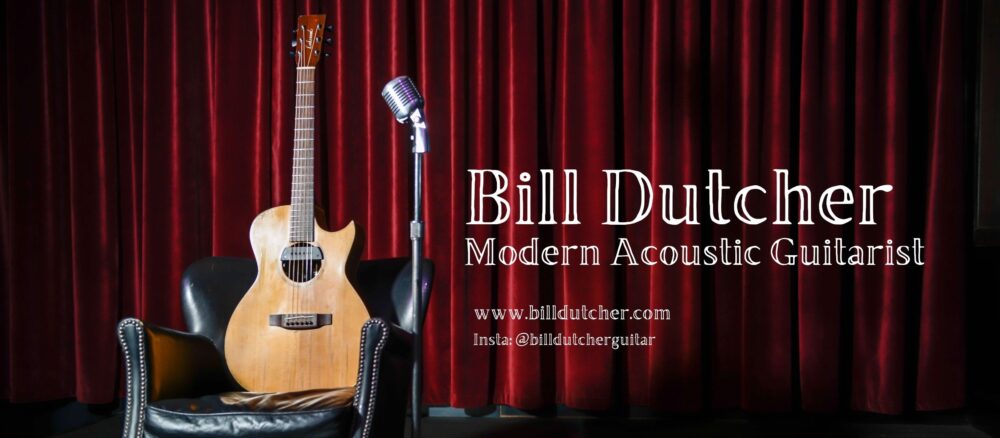Let me preface by saying I’m not here to endorse any particular brand name, but rather suggest what has worked for me in a majority of the situations I’ve encountered. There has been a multitude of incredible, technological advancements in acoustic amplification over the years, and many companies are packing these features into compact, ergonomic, light weight designs. I encourage you to get out there and hear them.
If your intent is to do small coffee shop or restaurant work, I’d suggest a small compact amp that can handle an input for your instrument and a vocal microphone. Most units feature reverb and some feature additional effects such as delay and chorus. Look for an f/x loop on the back of the amp if you’d like to patch in your favorite f/x pedals and rack gear. Some amps have a switch on the guitar channel input to handle active and passive pickup systems. If you don’t have a 9 volt battery or a pre-amp inside your guitar, you have a passive system. Most amps have a tuner output as well as a direct out or (D.I.) out. The D.I. out allows you to send the amp signal to a house P.A. system if more sound is needed. Some D.I. outputs feature a “pre” or “post” switch. This allows you to send the signal pre-fader or post-fader. Pre-fader taps the signal out from the instrument input jack before it hits the e.q. and reverb of the amp. This way, you can adjust the on-stage volume and e.q. without affecting the signal that goes to the house. If the switch is set to “post” the signal sent to the house P.A. will be after e.q., f/x and the master volume. So, any changes you make onstage will come out of the house P.A. Some name brands to check out are: AER, L.R. Baggs, SWR, Schertler, Trace Elliot, Ultrasound, Genz Benz, Deadulus and Boss-Roland.
If your looking for a compact system that can handle larger crowds check out the cylindrical tower technology that is available through Bose and Fishman. What’s nice about these systems is that the stage “footprint” is small and you don’t have the typical speakers on tripods with a monitor in front of you. Two trips from the car and your system is loaded in! A big plus about these systems is that the stage area looks clean. Gone are the power amps, mixer and the mess of cables all over the floor. The systems are designed to be positioned behind you and the sound radiates 180 degrees to fill the room. Check out the Bose L1 II system with the Tone Match Engine.
For larger club work check out systems that consist of a powered subwoofer with two satellite speakers. The sub woofers tilt up on casters and all the power amps are built into the bottom of the sub woofer. Some also include a limiter or pre-set crossover built in as well. The sub woofer is usually positioned on one side of the stage, facing the crowd, and a speaker pole is placed in the sub to hold one of the satellites. The other satellite is on a tripod , facing the crowd, on the other side of the stage. While you do need an external mixer to handle your instrument inputs all you have to do is run two XLR cables (left and right) out of the mixer, into the sub woofer, and you’re set! These systems work best for ensemble work with bass and drums and definitely move more low-end bass signal…..But, there’s more stuff to load in and out! Check out setups by B-52 , JBL, EAW and HK Audio for these types of systems.
The choice is yours depending on what type of rooms you want to play but in the end, plug into some of these and use your ears!

